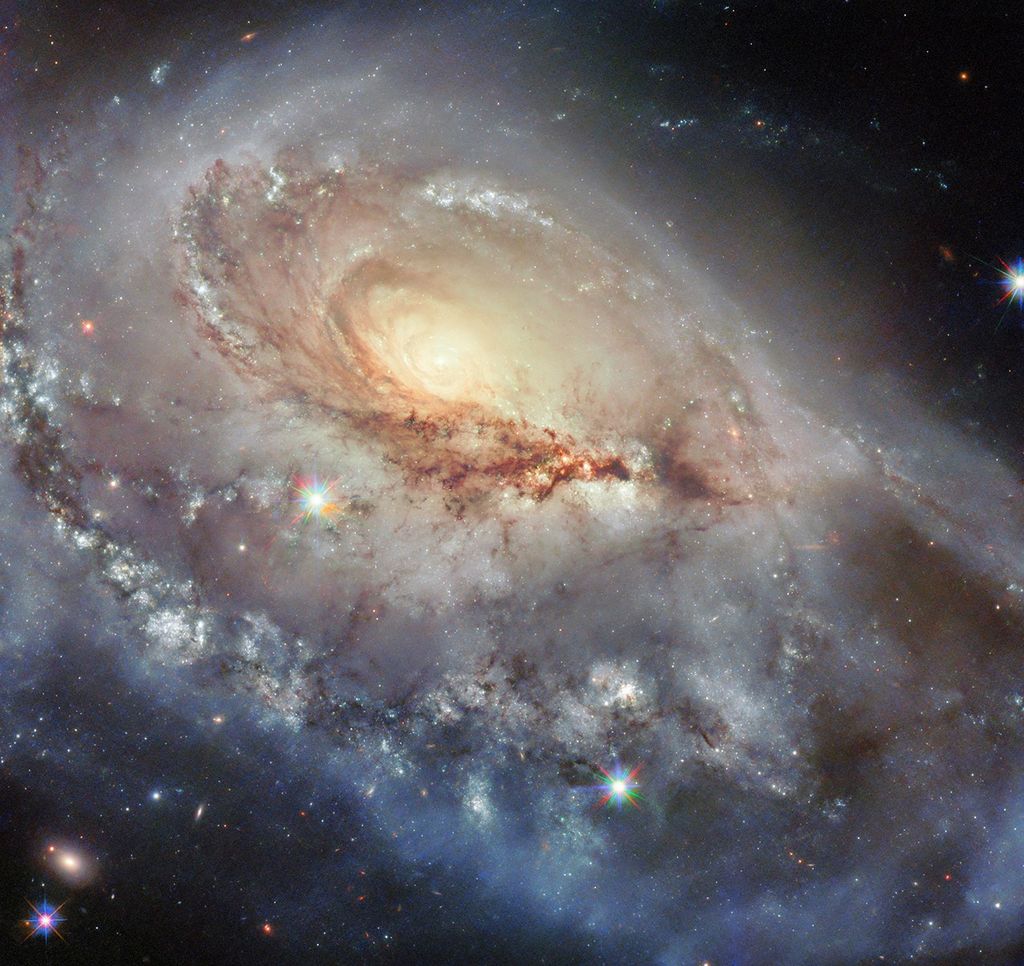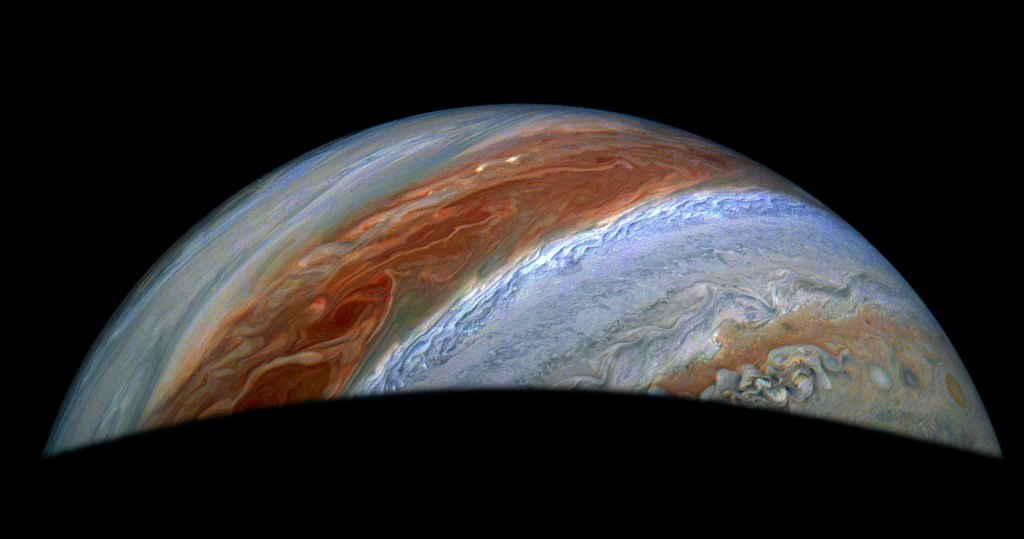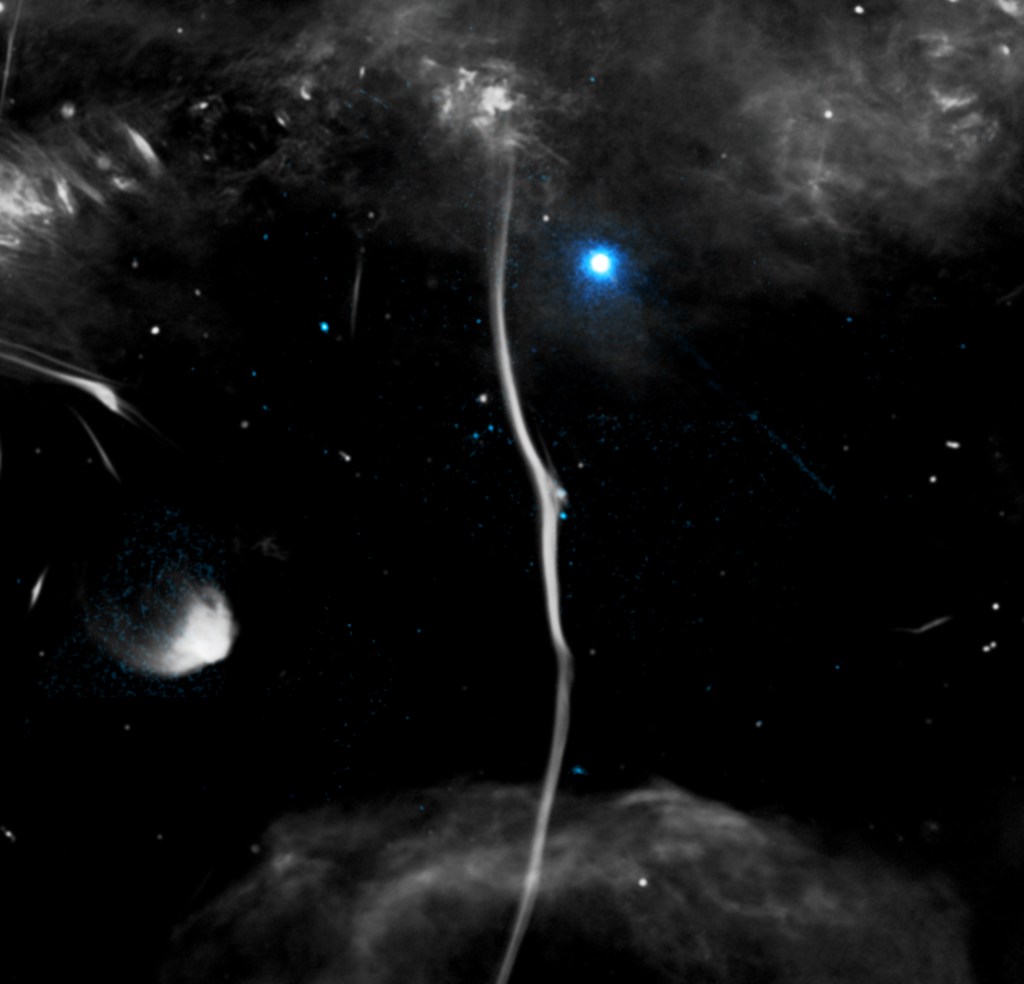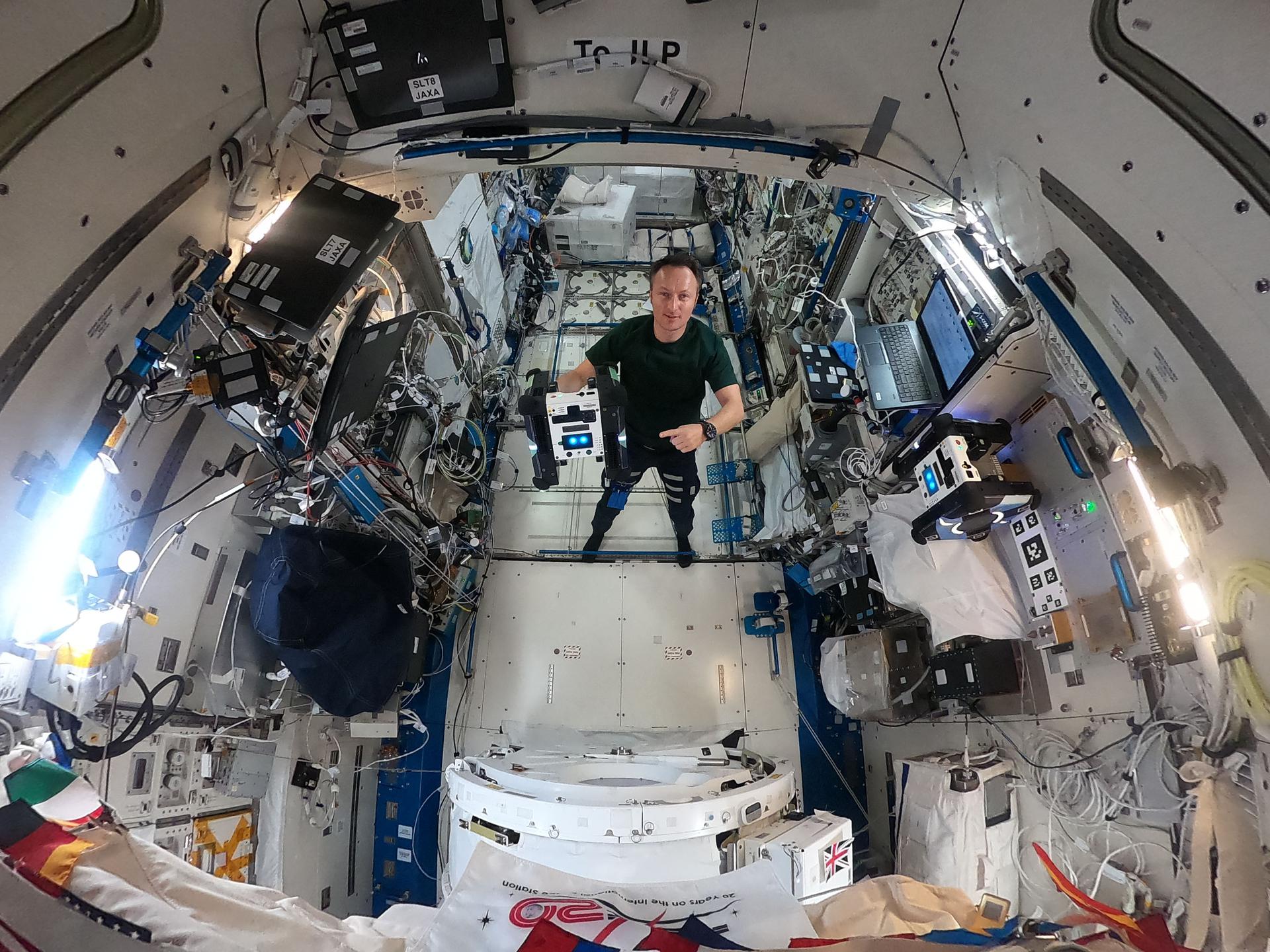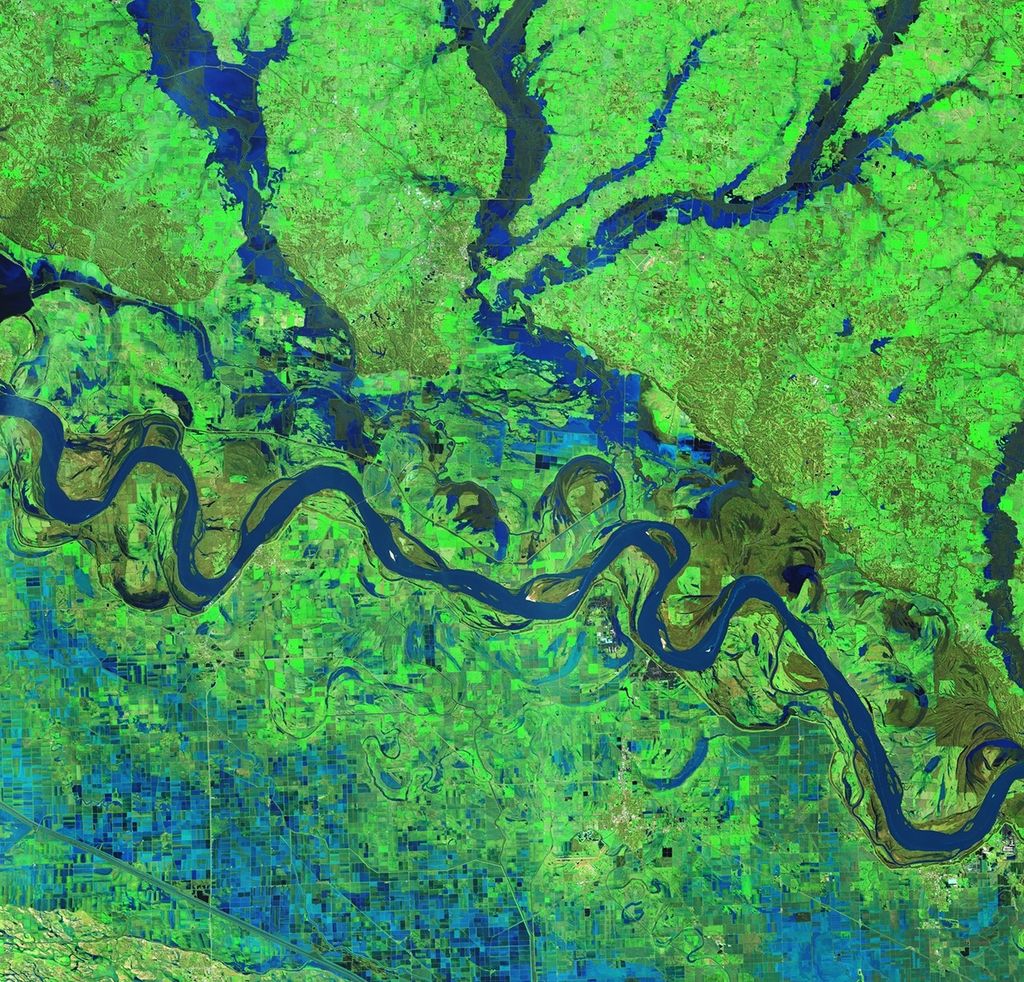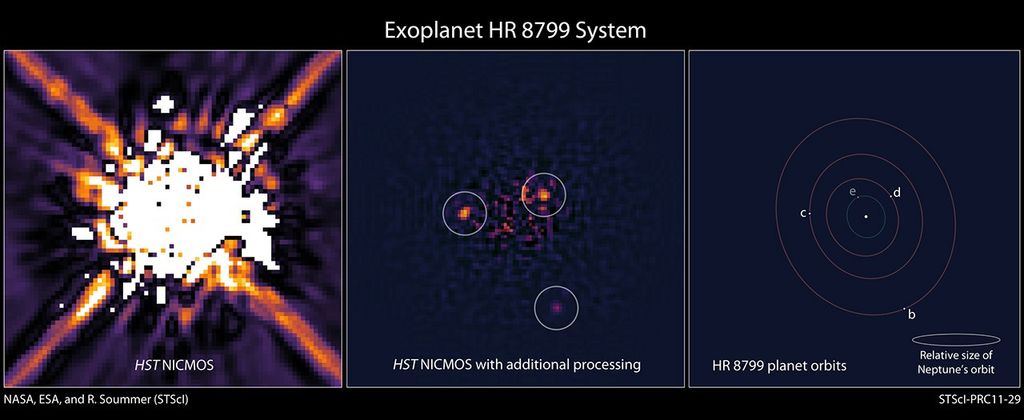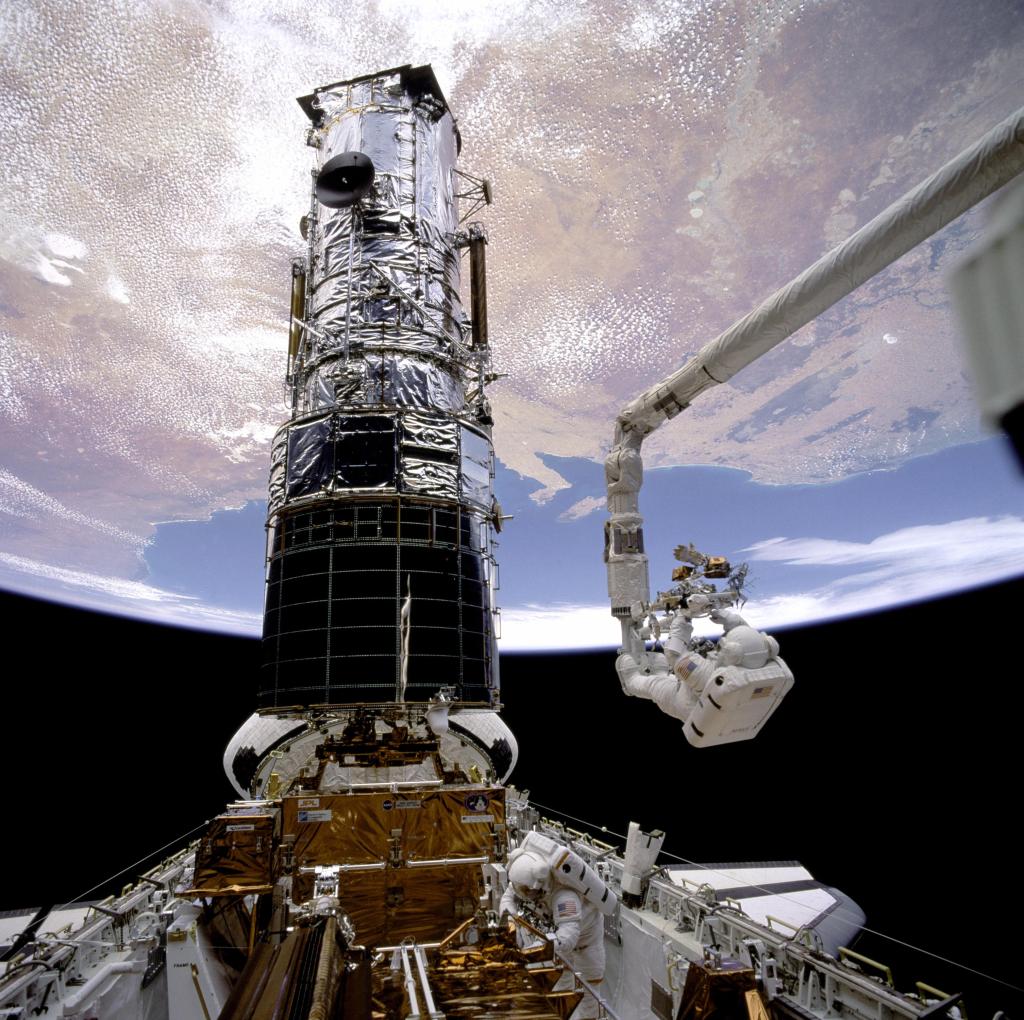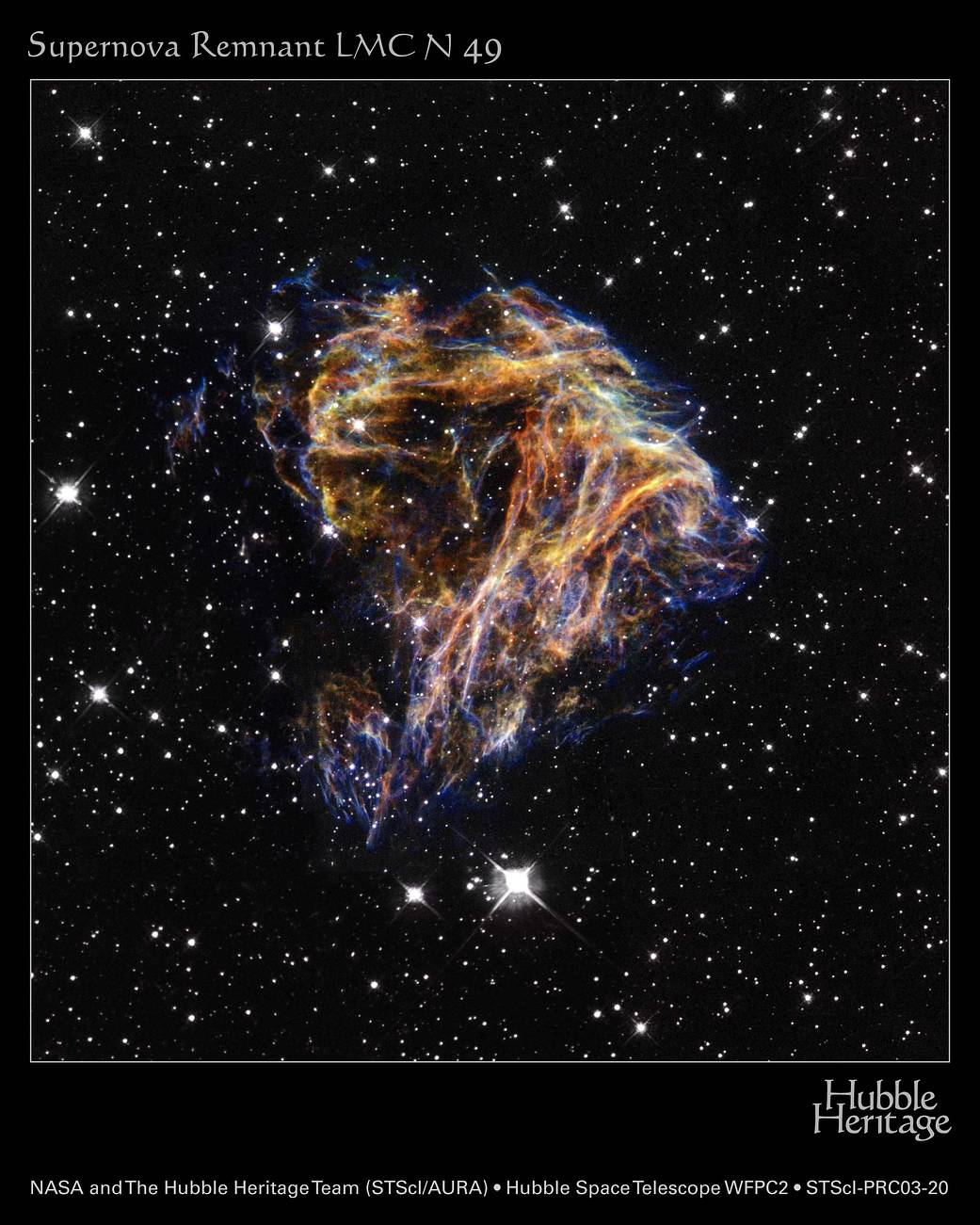
Resembling the puffs of smoke and sparks from a summer fireworks display, this Hubble image depicts the delicate filaments debris from a stellar explosion in a neighboring galaxy.
Denoted N 49, or DEM L 190, this remnant is from a massive star that died in a supernova blast whose light would have reached Earth thousands of years ago. This filamentary material will eventually be recycled into building new generations of stars. Our own sun and planets are constructed from similar debris of supernovae that exploded in the Milky Way billions of years ago.
This seemingly gentle structure also harbors a very powerful spinning neutron star that may be the central remnant from the initial blast. It is quite common for the core of an exploded supernova star to become a spinning neutron star (also called a pulsar because of the regular pulses of energy from the rotational spin) after the immediate shedding of the star’s outer layers. In the case of N 49, not only is the neutron star spinning at a rate of once every 8 seconds, it also has a super-strong magnetic field a thousand trillion times stronger than Earth’s magnetic field. This places this star into the exclusive class of objects called magnetars.
Image Credit: Image Credit: NASA, The Hubble Heritage Team (STScI/AURA), Y.-H. Chu (UIUC), S. Kulkarni (Caltech) and R. Rothschild (UCSD)

